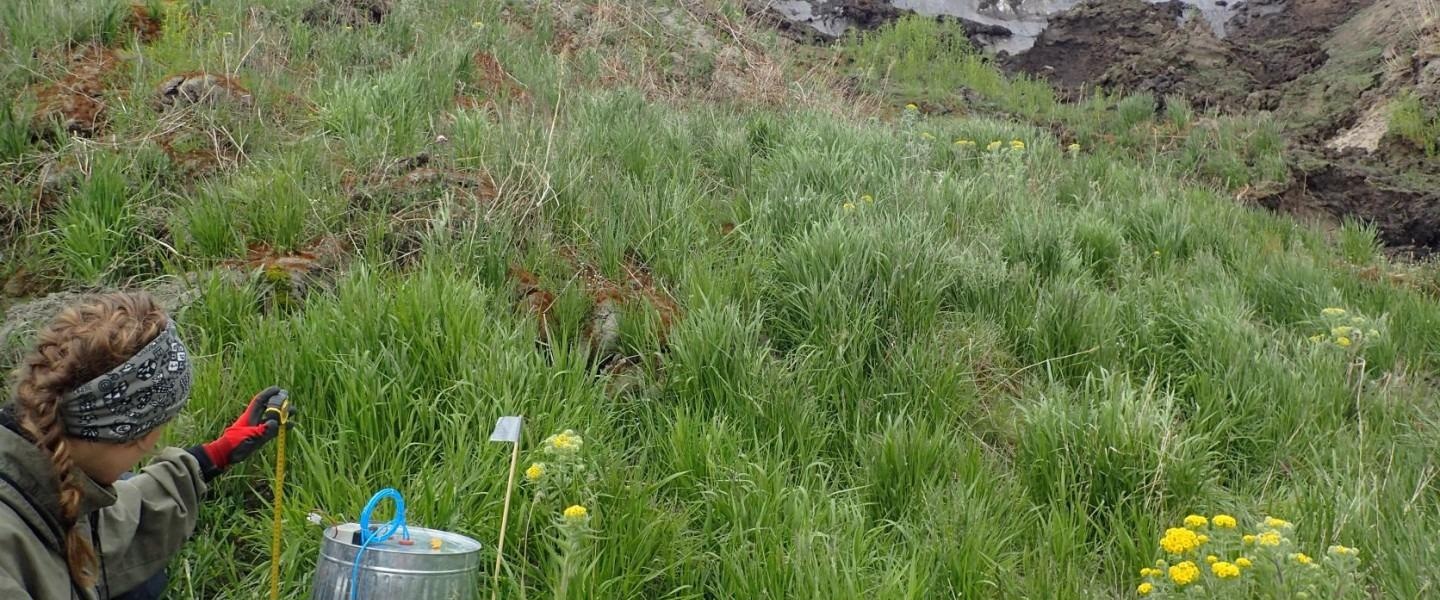Nitrous oxide (N2O) follows carbon dioxide and methane as the third-most significant greenhouse gas. It is nearly 300 times more powerful warming agent per unit mass compared to carbon dioxide. Microbial activity is the source for the production of nitrous oxide in soils.

Image Credit: University of Eastern Finland.
The finding of the discharge of nitrous oxide from the late-Pleistocene-aged Yedoma permafrost is considered to be crucial as a result of the large area of the Yedoma region, as well as its large nitrogen and carbon stocks and high ice content. This makes it susceptible to a sudden thaw.
The nitrous oxide emissions obtained from thawing permafrost symbolize a hardly known, but potentially globally vital, positive feedback to climate change. On the whole, the impacts of nitrogen release from permafrost for Arctic ecosystems have been inadequately studied and are not well understood.
In the recently published study, the scientists quantified nitrous oxide emissions from the riverbanks of the East Siberian rivers Lena and Kolyma, where quick permafrost thaw reveals Yedoma permafrost to the surface. This discharges huge amounts of nitrogen and carbon for microbial activity.
The scientists discovered that nitrous oxide emissions from recently thawed Yedoma were initially very low but went up to high rates in less than 10 years. This surpasses normal emissions gathered from permafrost-affected soils by one to two orders of magnitude (10 to 100 times).
The rise in nitrous oxide emissions was linked to drying and stabilization of the Yedoma sediments following the thaw, as well as associated variations in the microbial community in the soil nitrogen cycle. The relative proportion of microbes producing nitrous oxide precursors (nitrate, and nitric oxide) increased, and the relative proportion of microbes absorbing nitrous oxide decreased.
Generally, high nitrous oxide emissions take place from agricultural soils, where the availability of mineral nitrogen seems to be high due to nitrogen fertilization and other management practices. As the nitrogen cycling in cold Arctic soils is known to be slow, they have earlier been defined as insignificant nitrous oxide sources.
Depending on collecting evidence, during the last few years, however, this has not always been true: nitrous oxide discharge has been discovered to be a common phenomenon in permafrost-affected soils, and the emissions increase with warming, permafrost thaw and disturbed vegetation cover.
The nitrogen release from thawing permafrost can substantially improve the availability of nitrogen in Arctic ecosystems, which, in addition to the direct climatic feedback in the form of nitrous oxide, may have important consequences on carbon fixation by plants and eutrophication of water systems.
Maija Marushchak, Study Lead Author and Postdoctoral Researcher, University of Eastern Finland
Journal Reference:
Marushchak, M. E., et al. (2021) Thawing Yedoma permafrost is a neglected nitrous oxide source. Nature Communications. doi.org/10.1038/s41467-021-27386-2.
Source: https://www.uef.fi/en